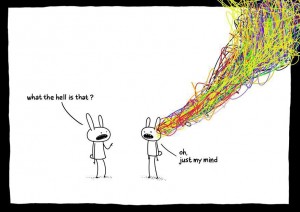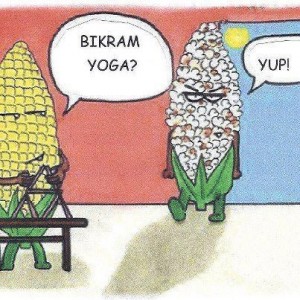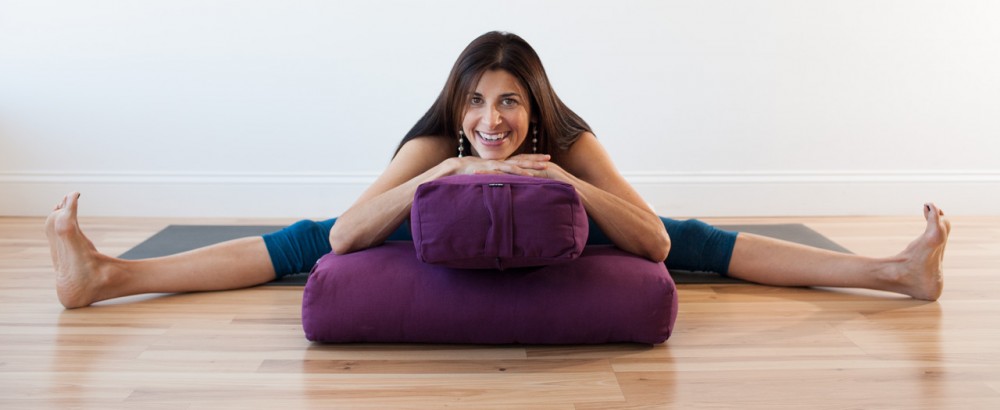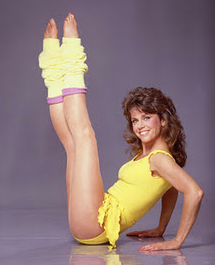This photo shows me using the 3 Minute Egg as a fantastic prop to help get external rotation in the shoulders which is necessary for reverse namaskar arms. Great example of yoga therapy for those of us who sit at our computers!
Tag Archives: yoga therapy
no pain!
Remember Jane Fonda ? She coined the phrase “no pain no gain”. Well, in your yoga practice, pain is not gain. Here are a few review tips for practicing pain-free yoga
Meditate Anyone?
 My yoga practice helps me develop clarity. Continue reading
My yoga practice helps me develop clarity. Continue reading
yoga and you
Whatever ‘style’ of Yoga you  practice, keep a sense of humor and always listen to your own body…This great quote will keep you focused: “Standardized or forced practices may not help in the study of yoga, and may in fact cause disturbance. The key to right teaching is in the adaptation of yoga to the individual, not the individual to yoga…the whole spectrum of yoga practice must be carefully adapted to the individual’s situation. Nothing can be forced.” ~ T.K.V. Desikachar , The Heart of Yoga
practice, keep a sense of humor and always listen to your own body…This great quote will keep you focused: “Standardized or forced practices may not help in the study of yoga, and may in fact cause disturbance. The key to right teaching is in the adaptation of yoga to the individual, not the individual to yoga…the whole spectrum of yoga practice must be carefully adapted to the individual’s situation. Nothing can be forced.” ~ T.K.V. Desikachar , The Heart of Yoga
Chest Expander
Chest Expander
Props: sticky mat, 4 inch cork block
Benefits of Practice:
helps teach external rotation of shoulders, expands chest, improves breathing, releases tension in shoulders
Inquiry: How are you presently feeling in your shoulders? Take a moment before you begin to check in with how you feel in the upper back, and discover how your breath is moving. What is your overall comfort level?
Once you have practiced this sequence, come into tadasana with hands in prayer pose and tune into any new sensations in the body, breath and mind.
Seated Tadasana
Seated Tadasana
Props: chair/ piece of sticky mat/ folded blankets
Benefits of Practice: Learning how to sit without compression is essential for maintaining the health of your spine, mental alertness, rest and digest.
Inquiry: Before setting up, take a moment to practice without support. Pay attention to how you feel in the body, and to how your breath is moving. What is your overall comfort level?
Once you have set up, and sat for a moment or too, repeat these same queries and observe any differences in body, breath and mind.
Avoidance and the Modern Yogi(ni)
“if you have a problem in your body, your body will naturally move away from it in order to avoid pain and discomfort”- Dr. Jason Skolar, chiropractor.
“tapah-svadhyaya-Isvara-pranidhanani kriya-yogah:
In order to practice being whole, an inner fire, constant study, and a devotion to things spiritual are required” – Patanjali Sutra 11.1, translation Kofi Busia
“By practicing yoga with a warrior’s courage and an infant’s vulnerability, we can embrace stiffness and flexibility, likes and loathings, the sunlit and moon-shadowed” – Ronnie Paul, Yoga With An Attitude, Yoga International Magazine Continue reading
Transition and the Modern Yogi(ni)
anitya-asuci-duhka-anatmasu-nitya-suci-sukha-atma-khyatih-avidya: Ignorance is the confusion of the temporary with the permanent, the pure with the impure, anguish with the pleasure of being, and the relative with the absolute – Patanjali: Sutra 11.5, B. Bouanchaud, The Essence of Yoga
“If you are doing anything big and worthwhile in life, you are going to flush up some uncomfortable feelings” – G. Hendricks, K. Ludeman, The Corporate Mystic
“It takes a brave heart to deeply accept that everything changes” – Judith Lasater, Living Your Yoga Continue reading
Body Language and the Modern Yogini

“Pain has a definite way of getting our attention. It is difficult to deny deep pain. All our attention goes to that place. Yet in deep sleep it seems to go away or lessen.” -Nischala Joy Devi, The Healing Path of Yoga
“Mindful awareness has this great capacity to free us from the self-imposed limitations of our fears and thoughts.” – Tara Bennett-Goleman, Emotional Alchemy Continue reading
the flexibility phenomenon
The other day on twitter (@yoginiqueen) I was posting relentlessly about flexibility. Continue reading



